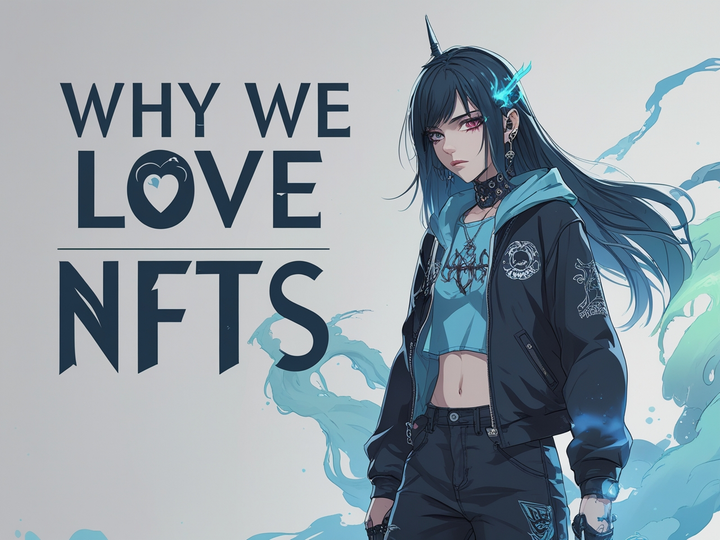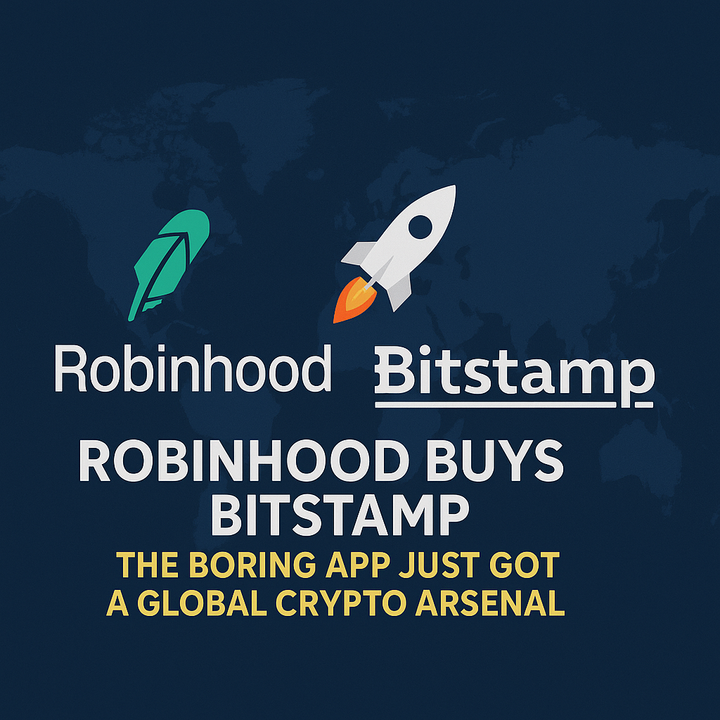Top 5 Layer 2 Solutions for DeFi in 2025

Introduction: Why Layer 2 Solutions Matter?
The Ethereum blockchain and other Layer 1 networks face ongoing scalability challenges, including high transaction fees, slow confirmation times, and network congestion during peak periods. These limitations make DeFi applications, NFT marketplaces, and gaming platforms difficult to scale.
To solve these issues, Layer 2 solutions have emerged, offering faster transactions, lower costs, and enhanced scalability without compromising security. As a result, Ethereum Layer 2 projects have gained immense popularity, with Optimistic Rollups, ZK-Rollups, and sidechains leading the way.
This blog post explores the best Layer 2 crypto projects in 2025, their unique features, and how they help scale the Ethereum network.
What Are Layer 2 Solutions?
A Layer 2 solution is a secondary network built on top of a base layer, such as Ethereum or Bitcoin, to process transactions off-chain while still leveraging the security of the underlying Layer 1 blockchain.
Types of Layer 2 Scaling Solutions
Different types of Layer 2 protocols exist to solve specific scalability issues:
- State Channels – Allow transactions between participants without directly interacting with the main chain (e.g., Bitcoin Lightning Network, Raiden Network).
- Sidechains – Separate blockchains connected to the main chain via bridges, enabling faster transaction processing.
- Rollups (Optimistic & Zero-Knowledge) – Bundle multiple transactions and submit them as a single batch to the Ethereum mainnet, reducing transaction costs.
Now, let’s explore the top 5 Layer 2 networks for DeFi in 2025.
Top 5 Layer 2 Solutions for DeFi in 2025
Optimism – Pioneering Optimistic Rollups
Optimism is one of the most widely adopted Ethereum Layer 2 solutions, utilizing Optimistic Rollups to enhance blockchain scalability.
Optimism Key Features:
- Lower fees – Transactions are processed off-chain and only settled on Ethereum mainnet when necessary.
- Faster transactions – Optimism significantly improves the transaction capacity of Ethereum.
- Security via Ethereum – Uses fraud proofs to ensure transaction validity.
Optimism Use Cases:
- DeFi protocols like Uniswap, Aave, and Synthetix have integrated Optimism for cheaper transactions.
- Ideal for high-speed trading and DeFi lending.
Arbitrum – Leading the DeFi Layer 2 Space
Arbitrum is another Layer 2 solution for scaling Ethereum, offering low gas fees and seamless dApp compatibility.
Arbitrum Key Features:
- Optimistic Rollups for improved transaction throughput.
- High-speed execution with Ethereum compatibility.
- Lower transaction costs than Ethereum mainnet.
Arbitrum Use Cases:
- Used by Curve Finance, GMX, and other DeFi applications.
- Supports smart contracts with minimal modifications.
zkSync – Zero-Knowledge Rollup for Faster Transactions
zkSync is an advanced ZK-Rollup solution, offering near-instant transactions with zero-knowledge proofs.
zkSync Key Features:
- Security via cryptographic proofs – Ensures validity of transactions without revealing sensitive data.
- Scalability – Processes thousands of transactions off-chain while maintaining Layer 1 security.
- Ethereum Virtual Machine (EVM) compatibility – Supports smart contracts.
zkSync Use Cases:
- Ideal for low-cost transactions in DeFi, gaming, and NFTs.
- Integrated with zkEVM, enabling EVM-based smart contracts on Layer 2.
Polygon zkEVM – The Evolution of Layer 2 Blockchain Scaling
Polygon zkEVM is one of the most innovative applications in Ethereum Layer 2 scaling, combining sidechains with zero-knowledge proofs.
Polygon Key Features:
- Lower gas fees and high-speed transaction execution.
- Supports a wide range of dApps, DeFi platforms, and NFT marketplaces.
- Ethereum-equivalent experience for developers.
Polygon Use Cases:
- Adopted by major Ethereum Layer 2 projects.
- Cost-efficient scaling for DeFi applications.
StarkNet – High Throughput with ZK-Rollups
StarkNet is a decentralized Layer 2 blockchain scaling solution that leverages ZK-Rollups to provide higher transaction throughput.
StarkNet Key Features:
- Zero-knowledge proofs for enhanced data availability and security.
- Nested blockchain structure allows for parallel transaction execution.
- Scalability of blockchain without sacrificing decentralization.
StarkNet Use Cases:
- Used in financial applications, gaming, and decentralized networks.
- A long-term solution for mass adoption of blockchain.
Comparison Table: Best Layer 2 Solutions for DeFi in 2025
| Layer 2 Solution | Scaling Technique | Key Features |
|---|---|---|
| Optimism | Optimistic Rollups | Fast transactions, low fees, Ethereum security. |
| Arbitrum | Optimistic Rollups | High throughput, Ethereum-compatible, low costs. |
| zkSync | ZK-Rollups | Secure, efficient, instant transactions. |
| Polygon zkEVM | ZK-Rollups | Low-cost, scalable, Ethereum-equivalent. |
| StarkNet | ZK-Rollups | High-speed transactions, security, scalability. |
Conclusion
The best Layer 2 crypto projects are revolutionizing blockchain scalability by providing fast transactions, lower fees, and enhanced efficiency. Whether using Optimistic Rollups, ZK-Rollups, or sidechains, these solutions ensure the scalability of blockchain technology while maintaining security.
As the adoption of blockchain networks grows, Layer 2 protocols will play a significant role in shaping the future of Ethereum Layer 2 scaling and decentralized finance.
Layer 2 Solutions Frequently Asked Questions (FAQ)
What is a Layer 2 solution and how does it improve blockchain scalability?
A Layer 2 solution is a secondary framework built on top of a Layer 1 blockchain, like Ethereum, to enhance scalability. By processing transactions off-chain or bundling them into batches before settling on the main chain, Layer 2 reduces network congestion and significantly lowers gas fees. These solutions leverage cryptographic proofs, such as fraud proofs in Optimistic Rollups and zero-knowledge proofs in ZK-Rollups, to maintain security. Layer 2 networks ensure faster transactions, making DeFi, NFTs, and gaming more accessible while preserving the decentralization of Layer 1 networks.
Which Layer 2 solution is best for Ethereum in 2025?
The best Layer 2 solution depends on the use case, but leading projects in 2025 include Optimism, Arbitrum, zkSync, StarkNet, and Polygon zkEVM. Optimism and Arbitrum use Optimistic Rollups for cost-effective DeFi applications, while zkSync and StarkNet leverage Zero-Knowledge Rollups for high-speed, low-cost transactions. Polygon zkEVM combines Ethereum Virtual Machine (EVM) compatibility with ZK-Rollup scalability, making it ideal for gaming and enterprise applications. As the Ethereum Layer 2 ecosystem matures, these solutions will continue to drive mass adoption and improve the efficiency of blockchain networks.
What are the key differences between Optimistic Rollups and Zero-Knowledge Rollups?
Optimistic Rollups assume transactions are valid unless proven fraudulent, relying on a dispute resolution mechanism using fraud proofs. In contrast, Zero-Knowledge Rollups (ZK-Rollups) use cryptographic proofs to instantly verify the validity of transactions, ensuring faster finality. While Optimistic Rollups are easier to implement and support smart contracts, they introduce longer withdrawal times due to the challenge period. ZK-Rollups offer lower transaction costs, high-speed computation, and better security but require more complex cryptographic computation. Both solutions play a crucial role in improving the scalability of blockchain technology while maintaining security and decentralization.
How do Layer 2 solutions reduce Ethereum gas fees?
Layer 2 solutions drastically lower Ethereum transaction fees by executing off-chain computation and reducing the data submitted to the Ethereum mainnet. Optimistic Rollups and ZK-Rollups bundle hundreds of transactions together before posting a single compressed proof to Layer 1, cutting costs significantly. Sidechains and nested blockchains like Polygon process transactions independently, syncing with Ethereum periodically to ensure security. By offloading transaction processing from the main blockchain, Layer 2 networks improve efficiency and make low-cost transactions possible for DeFi, gaming, and NFT platforms.
Can Layer 2 solutions support smart contracts and DeFi applications?
Yes, Layer 2 solutions are fully compatible with smart contracts, enabling scalable, low-cost DeFi applications. Optimism and Arbitrum support Ethereum Virtual Machine (EVM)-based dApps, making it easy for developers to migrate projects from Ethereum Layer 1. ZK-Rollups like zkSync and StarkNet offer high-speed smart contract execution, using zero-knowledge proofs to verify transactions efficiently. These solutions provide the scalability of blockchain necessary for decentralized lending, automated market makers (AMMs), and NFT marketplaces, all while maintaining Ethereum’s security model.


Comments ()